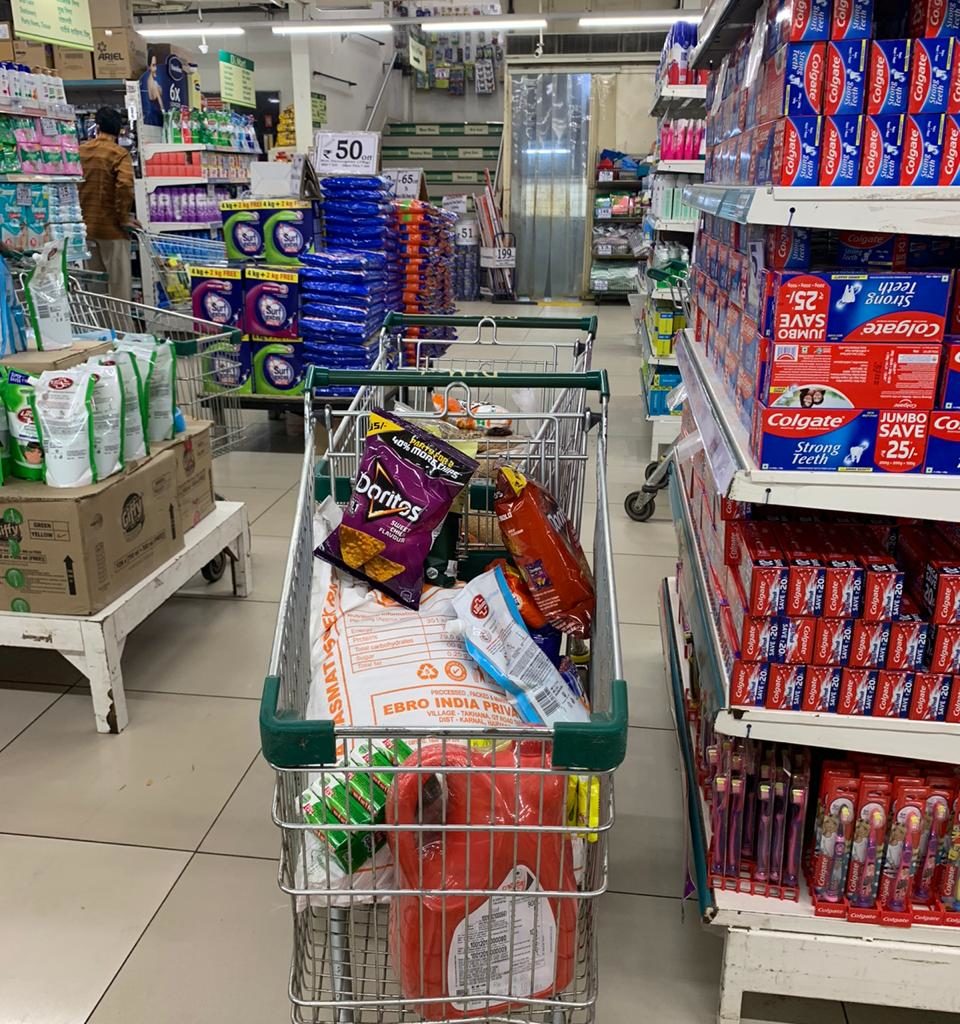Cushman & Wakefieldunveiled its Q1-2024 Retail Marketbeat Report, encapsulating key highlights from the first quarter of the year, as well as the outlook for India’s retail sector in 2024.
The report further reveals that the vacancy rate of Grade-A malls across many cities especially in Delhi-NCR, Pune and Chennai, witnessed a notable decline in the first quarter. This is primarily because Q1 2024 saw no new Grade-A mall commencing operations, thereby contributing to a demand-supply imbalance to some extent. Notably, the superior category malls (institutional grade or listed developer assets with high experiential quotient) boast very low vacancy rates (typically in the single digits) in most major cities.
| City | Mall Vacancy (Q1-24) | QoQ change |
| Mumbai MMR | 8.3% | – |
| Delhi NCR | 15.6% | 50 bps drop |
| Bengaluru | 13.2% | 20 bps drop |
| Pune | 8.0% | 184 bps increase |
| Hyderabad | 16.3% | – |
| Chennai | 11.1% | 117 bps drop |
| Kolkata | 6.7% | – |
| Ahmedabad | 17.6% | 36 bps drop |
With limited availability in malls, retailers are increasingly turning their attention to high streets. The report highlights a rise in demand and y-o-y rental growth in prominent high streets across key Indian cities, along with emerging retail clusters around residential or commercial hubs.
| City | Rental Growth across Prominent Main Streets (y-o-y as of Q1-24) |
| Mumbai MMR | 11-13% |
| Delhi NCR | 3-5% |
| Bengaluru | 11-13% |
| Pune | 7-8% |
| Hyderabad | 15-17% |
| Chennai | 7-9% |
| Kolkata | 14-16% |
| Ahmedabad | 12-14% |
- Ahmedabad recorded a healthy main street leasing volume of ~67,000 sf in the first quarter of 2024, recording a nominal 9% drop against a strong previous quarter. Main street rentals have largely remained stable on a q-o-q basis but witnessed a 10-15% growth on a y-o-y basis. Driven by strong demand and limited space availability, prominent streets including Sindhu Bhavan Road and Iskcon-Ambli Road witnessed a rental appreciation in the range of 20-30% on y-o-y basis.
- Bengaluru recorded retail leasing volumes of 0.18 msf in Q1 2024, with a total of 0.9 MSF projected to be added to Grade A mall supply in 2024. Main streets such as Indiranagar 100 feet Road, Kamanahalli Main Road, and HSR Layout 27th Main recorded rental appreciation of ~10% on a quarterly basis on the back of strong demand and lower availability at prime locations.
- In the first quarter, the main streets of Chennai saw a significant rise in leasing volume, reaching 0.12 MSF, a 36% growth on a q-o-q basis and a 9% expansion as compared to the same period last year. During the quarter, mall rentals remained unchanged. However, marginal rental growth is anticipated in the near term due to the limited supply of mall space and the drop in vacancy rates.
- Delhi-NCR received close to 0.26 MSF of leasing across both malls and main streets in Q1-24. In terms of rental growth, Prime main streets of Gurugram (Galleria Market) witnessed a 5% growth on y-o-y basis, whereas South Delhi markets such as South Extension and Lajpat Nagar witnessed a 7-10% growth on y-o-y basis.
- In the first quarter of 2024, main street leasing touched ~491,000 square feet in Hyderabad. This leasing volume represents a 45% growth compared to the previous quarter, while it aligns closely with the level recorded in Q1-23. While main street locations have witnessed a slight uptick in rentals from previous quarters, prominent locations like Banjara Hills, Nallagandla and Kokapet and other prominent main street locations have seen a 15-25% average growth in rentals over the last few quarters, driven by robust demand.
- Kolkata recorded retail leasing volumes of ~40,000 sf in Q1 2024, with Rentals at main streets such as Park Street, Camac Street, Gariahat, Kankurgachi increased by 3-5% on a quarterly basis.
- By the end of 2024, close to 1.2 MSF of Grade A mall supply will become operational across two suburban micro-markets in Mumbai. It is expected that the city-level vacancy will largely remain range-bound in the upcoming quarters given the pre-commitment activity in the upcoming supplies. City-wide mall rentals witness an uptick of 2-5% on a q-o-q basis on the back of limited space availability and active term renewals. Prominent main streets in prime locations also witnessed a rental appreciation of 2-3% from last quarter and 7-12% in annual terms.
- Pune’s Grade-A malls witnessed close to 0.19 MSF of leasing in the first quarter of the year, about 6x higher than the same period last year. City-wide average rentals in malls increased by 6-12% y-o-y with the operationalization of two new superior malls in the city last year. Main street rentals also witnessed a rise of 7-8% from last year due to robust leasing activity, particularly around Baner and NIBM road. The average rental outlook across the city’s main streets is anticipated to remain range bound.
Speaking of the developments, Saurabh Shatdal, Managing Director, Capital Markets and Head of Retail, India, said – “We have been witnessing a significant shift in the Indian retail landscape. Grade A or superior malls not only boast of high pre-commitment rates but are also experiencing vacancy levels dipping to single digits within a couple of quarters of their launch. This is in stark contrast to the pre-pandemic norm wherein malls would normally take at least 4-5 quarters to reach 80-85% occupancy. This trend highlights a supply-constraint market. We anticipate this trend to continue especially with superior malls.”
Saurabh went on to add, “The rise of luxury and premium retail spaces also reflects a changing consumer pattern in India. The recent NSSO data showcased a doubling of urban Indian household consumption expenditure over the past decade, with a significant increase in discretionary spending compared to mass products, underscoring this transition. This evolving consumption behavior is directly impacting the retail real estate sector, with a growing demand for premium products and experiences. “
Also Read: Indian Real Estate’s Contribution to GDP Projected to be $5.17 Trillion by 2047









